Modernizing Business Processes for Success in the Digital Age
In an era of rapid digital transformation, companies that fail to keep pace with evolving technologies risk falling behind their competitors. One area where many organizations struggle is in modernizing and standardizing their business processes. In this blog post, we'll explore some of the outdated processes that are holding companies back and discuss strategies for bringing them into the digital space while also emphasizing the importance of standardization.
The Challenges of Outdated and Non-standardized Business Processes
Outdated and non-standardized business processes can hinder efficiency, customer satisfaction, and overall competitiveness. Here are some common areas where companies are falling behind:
1. Manual Data Entry and Paper-Based Workflows
Old Process: Many businesses still rely on manual data entry and paper-based workflows. This not only consumes valuable time but also increases the risk of errors and data loss.
Digital Transformation and Standardization Solution: Implementing digital document management systems, optical character recognition (OCR) technology, and automation tools can streamline document handling, reduce errors, and improve data accuracy. Standardizing data formats and protocols ensures consistency across processes.
2. Legacy Communication Systems
Old Process: Traditional email systems and phone calls often hinder efficient communication, especially for remote or global teams.
Digital Transformation and Standardization Solution: Transitioning to cloud-based collaboration tools, instant messaging platforms, and video conferencing can facilitate real-time communication and collaboration, boosting productivity and reducing communication barriers. Standardizing communication protocols ensures uniformity.
3. Manual HR and Payroll Processes
Old Process: Many companies still manage HR and payroll processes manually, leading to delays, compliance issues, and errors.
Digital Transformation and Standardization Solution: Implementing integrated HR and payroll software can automate processes, improve accuracy, enhance employee self-service options, and ensure compliance with labor regulations. Standardizing HR processes across the organization ensures consistency.
4. Inventory Management
Old Process: Manual inventory tracking and management can result in overstocking, understocking, and inefficiencies in the supply chain.
Digital Transformation and Standardization Solution: Adopting inventory management software with real-time tracking, demand forecasting, and data analytics capabilities can optimize inventory levels, reduce carrying costs, and improve order fulfillment. Standardizing inventory management practices ensures uniformity.
5. Customer Relationship Management (CRM)
Old Process: Outdated CRM systems or relying on spreadsheets can limit customer engagement and hinder sales and marketing efforts.
Digital Transformation and Standardization Solution: Modern CRM software with automation, analytics, and integration capabilities can provide a 360-degree view of customer interactions, enhance personalization, and drive sales and marketing effectiveness. Standardizing CRM practices ensures a unified approach to customer relationship management.
Strategies for Digital Transformation and Standardization
To bring these outdated and non-standardized processes into the digital space, companies should consider the following strategies:
1. Assess Current Processes
Begin by conducting a thorough assessment of your existing processes to identify bottlenecks, inefficiencies, and pain points. Evaluate standardization opportunities within each process.
I recommend a book called The Goal to help get into the mindset of identifying these constraints. It reads like a story and gives excellent examples of the theory of constraints in business and life.
2. Define Clear Objectives
Set clear objectives for your digital transformation and standardization efforts. Determine what you want to achieve, whether it's reducing operational costs, enhancing customer experience, or improving data accuracy and consistency.
3. Invest in Digital Tools and Technologies
Identify and invest in the right digital tools and technologies that align with your objectives. Ensure that these tools facilitate standardization and uniformity across processes. These tools will be different based on your business needs. If you need help figuring out which work best for you, don’t hesitate to reach out to CMG to get you started.
4. Employee Training and Change Management
Digital transformation and standardization often require a shift in mindset and culture. Provide training and support to employees to ensure they are comfortable with the new technologies and standardized processes. Communicate the benefits of the changes to gain buy-in and manage resistance.
5. Monitor and Continuously Improve
Implement KPIs and performance metrics to monitor the effectiveness of your digital transformation and standardization initiatives. Continuously gather feedback and make adjustments as needed to optimize processes further. If you’re not already using the OKR method in your company, you should start now.
6. Embrace Innovation
Stay updated with emerging technologies and trends in your industry. Embrace innovation and be prepared to adapt your standardized processes to stay competitive while maintaining consistency.
In conclusion, as the digital world accelerates, companies must evolve and standardize their processes to remain competitive. Modernizing and standardizing outdated and non-standardized business processes is a crucial step in this journey. By assessing, defining objectives, investing in digital tools, fostering a culture of standardization, and embracing innovation, organizations can successfully bring their processes into the digital space, improving efficiency, customer satisfaction, and overall competitiveness. The time for digital transformation and standardization is now, and the rewards are well worth the effort.

